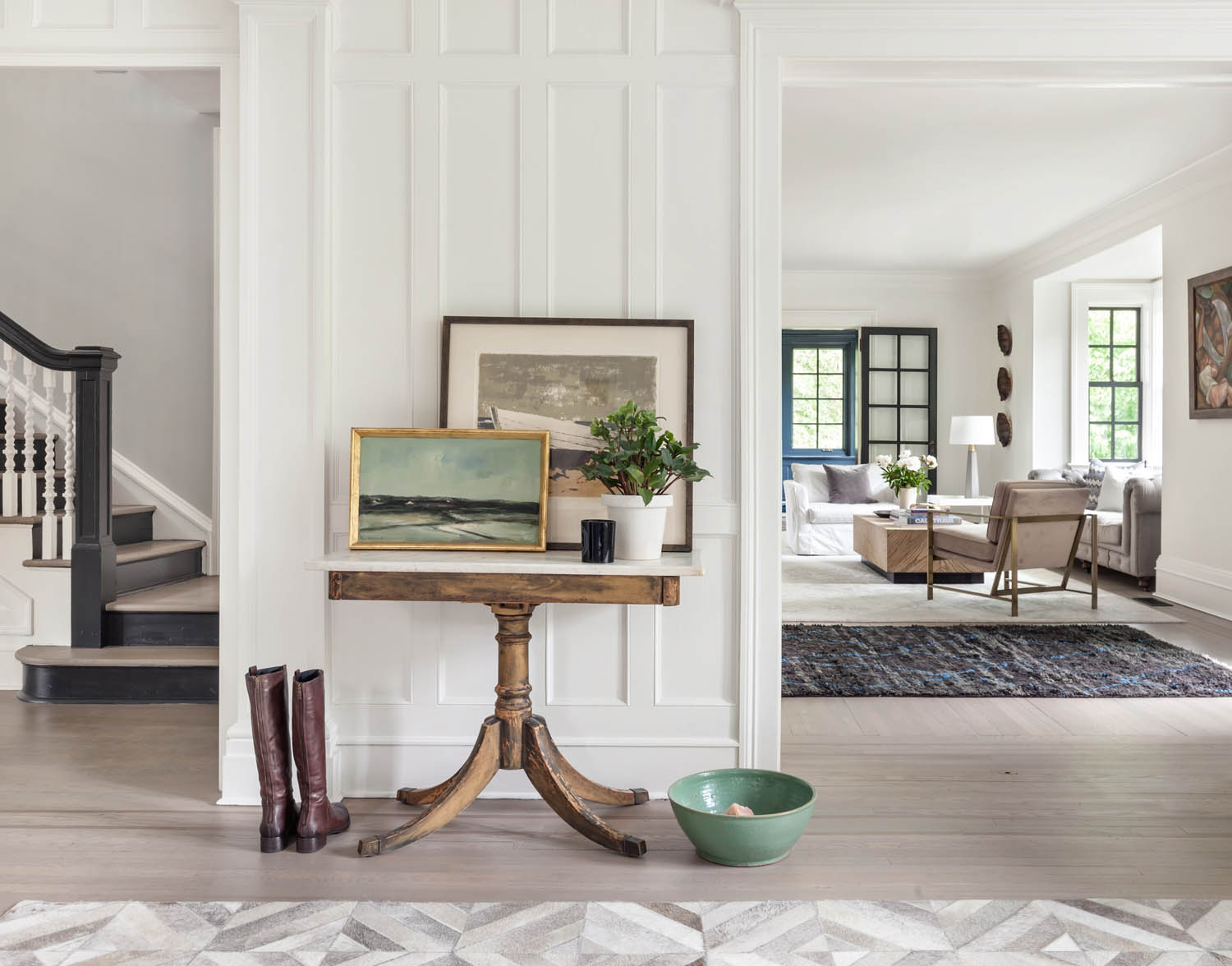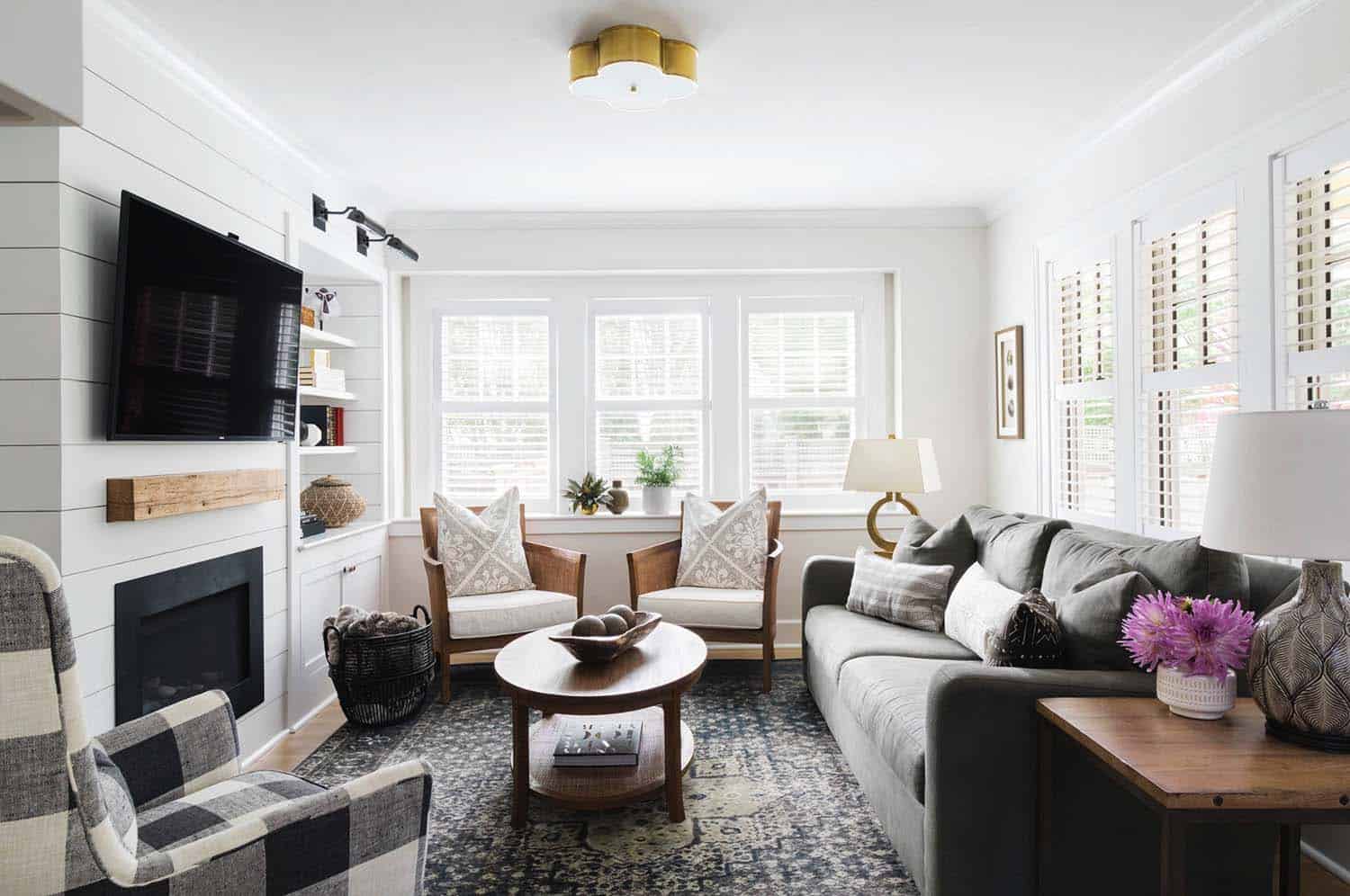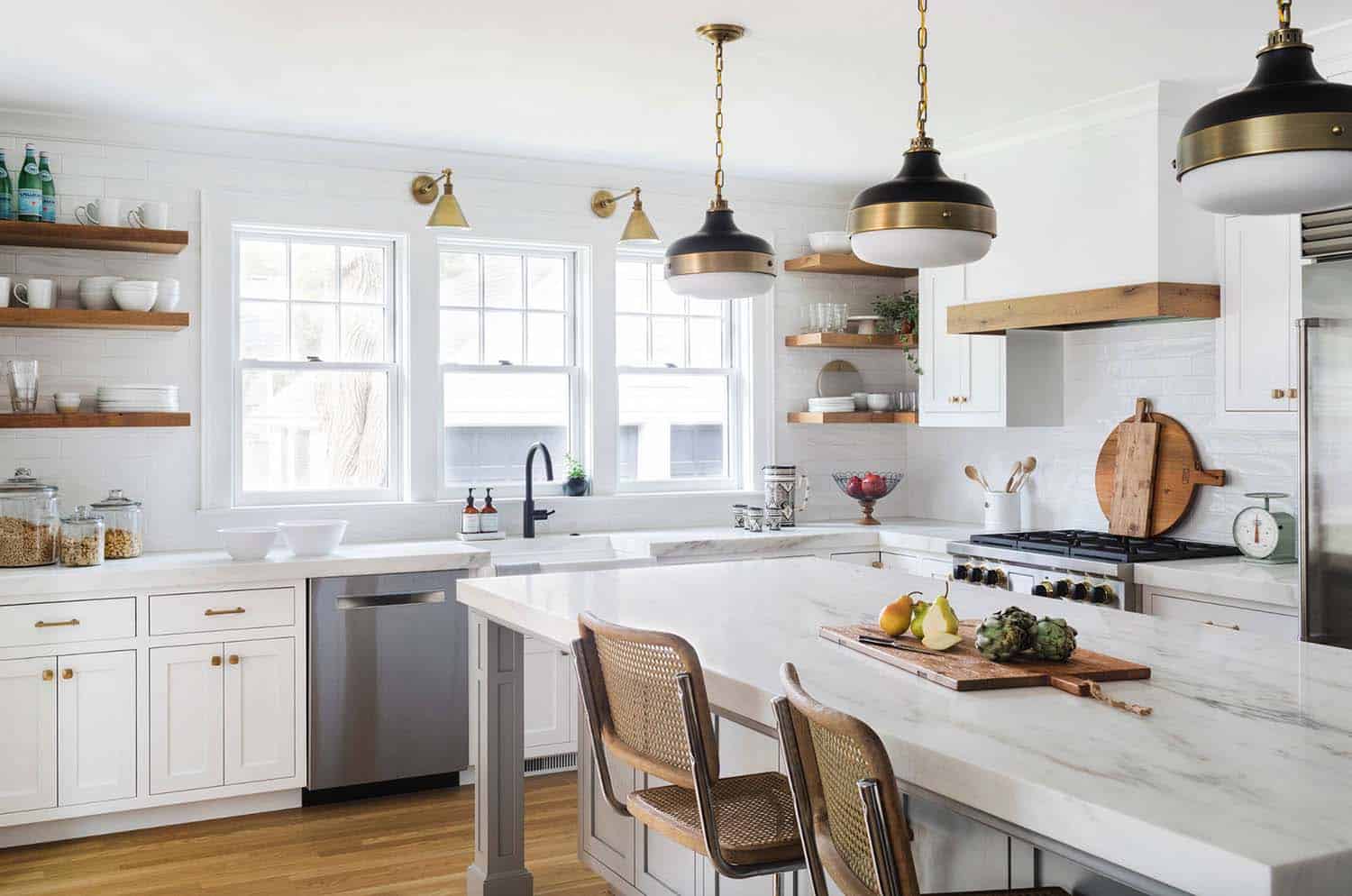Welcome to the world of Dutch Colonial interior design! As a design enthusiast with a personal love for historical styles, I’ve spent countless hours exploring how the rich heritage of the Dutch colonial era influences modern interiors. This guide aims to provide you with an in-depth understanding of Dutch Colonial design, including its history, key elements, decor tips, and how you can effortlessly incorporate this timeless style into your own home. Let’s dive in!
What is Dutch Colonial Interior Design?
Dutch Colonial interior design refers to the aesthetic and architectural style that emerged in the 17th century during the Dutch Golden Age. Characterized by its practical and functional elements, this design style integrates both European influences and local materials, resulting in a unique blend that resonates with warmth and comfort.
Historical Background
The roots of Dutch Colonial design lie in the Netherlands, where the style was heavily influenced by the country’s geography and climate. When the Dutch began to explore and colonize parts of the Americas, they brought their design sensibilities with them, which evolved as they adapted to new environments. Today, the style is most commonly associated with regions such as New York, New Jersey, and parts of New England.
Key Elements of Dutch Colonial Interior Design
1. Architectural Features
- Gabled Roofs: A hallmark of Dutch Colonial homes, these roofs allow for extra attic space and offer a distinctive silhouette.
- Symmetrical Facades: Characterized by equal balance in design, these homes often feature window pairs and centered doors.
- Porches: Open porches are commonly found in Dutch Colonial homes, providing a welcoming outdoor space.
2. Color Palette
The Dutch Colonial design features a warm color palette that includes earthy tones, muted pastels, and natural materials. Some popular colors are:
- Soft whites and creams
- Warm browns and beiges
- Muted greens and blues

3. Furniture and Decor
Furniture in Dutch Colonial interiors tends to be functional yet elegant, often handcrafted from local woods. Key pieces include:
- Heavy wooden tables and chairs
- Intricate cabinetry
- Textiles featuring traditional Dutch patterns
Incorporating Dutch Colonial Design in Your Home

Step 1: Understand Your Space
Before you begin, it’s essential to evaluate your existing space. Look for architectural features that can complement Dutch Colonial elements, such as existing gabled roofs or symmetrical layouts.
Step 2: Choose the Right Color Scheme
Select a color palette that reflects the Dutch Colonial ethos. Combining soft neutrals with darker wood tones can create a harmonious look.

Step 3: Curate Your Furniture
Invest in quality furniture that embodies the craftsmanship of the era. Consider pieces made from oak, walnut, or cherry, often with intricate carvings.
Step 4: Accessorize Thoughtfully
Incorporate accessories like traditional pottery, woven textiles, and vintage Dutch art to elevate your design. Avoid clutter to keep the space feeling open and welcoming.

Pros and Cons of Dutch Colonial Interior Design
| Pros | Cons |
|---|---|
| Timeless elegance and charm | May require a larger space to display features |
| Focus on craftsmanship and quality | Can be expensive if sourcing authentic pieces |
| Warm and inviting atmosphere | Some may find it too traditional |

Famous Dutch Colonial Homes
Several homes and buildings worldwide showcase the beauty of Dutch Colonial design. Notable examples include:
- The Old Dutch Church of Sleepy Hollow in New York
- Clinton Hall in New Jersey
- The Van Cortlandt House in The Bronx
FAQs about Dutch Colonial Interior Design

What is the main characteristic of Dutch Colonial design?
The key characteristic of Dutch Colonial design is its gabled roofs, which create a distinctive and welcoming appearance.
How can I modernize Dutch Colonial decor?
To modernize Dutch Colonial decor, consider integrating contemporary accessories or furniture while maintaining the classic color palette and architectural features.
What colors are best for Dutch Colonial interiors?
Soft whites, earthy tones, muted greens, and blues are excellent choices for creating a Dutch Colonial interior that feels warm and inviting.
Is Dutch Colonial style suitable for small homes?
While Dutch Colonial style typically shines in larger spaces, it can be adapted for smaller homes by focusing on key elements such as color and furniture selection without overwhelming the space.
Conclusion
Dutch Colonial interior design is a beautiful and timeless choice for those looking to create a warm and inviting atmosphere in their home. By understanding its key elements and carefully curating your space, you can bring a piece of history into your modern living environment. Whether you’re in a sprawling farmhouse or a cozy apartment, the charm of Dutch Colonial design can enhance any space.
Thank you for joining me on this exploration of Dutch Colonial interior design. I hope this guide inspires you to embrace the elegance and warmth of this enchanting style!